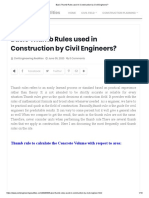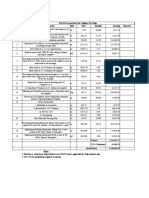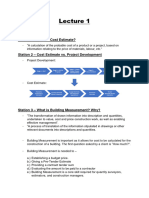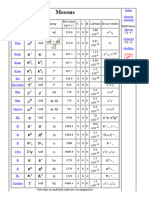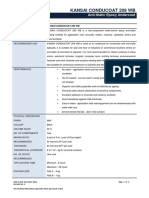0% found this document useful (0 votes)
200 views2 pagesThumb Rules in Building Construction PDF
Thumb rules in building construction provide simplified guidelines for estimating material quantities and costs based on practical experience. Key rules include steel quantity estimations for various structural components, material quantities per square foot, and cost estimations for different construction aspects. These rules serve as initial design aids but should be adapted to site-specific conditions and verified with professional standards.
Uploaded by
kp0951116Copyright
© © All Rights Reserved
We take content rights seriously. If you suspect this is your content, claim it here.
Available Formats
Download as PDF, TXT or read online on Scribd
0% found this document useful (0 votes)
200 views2 pagesThumb Rules in Building Construction PDF
Thumb rules in building construction provide simplified guidelines for estimating material quantities and costs based on practical experience. Key rules include steel quantity estimations for various structural components, material quantities per square foot, and cost estimations for different construction aspects. These rules serve as initial design aids but should be adapted to site-specific conditions and verified with professional standards.
Uploaded by
kp0951116Copyright
© © All Rights Reserved
We take content rights seriously. If you suspect this is your content, claim it here.
Available Formats
Download as PDF, TXT or read online on Scribd
/ 2






















